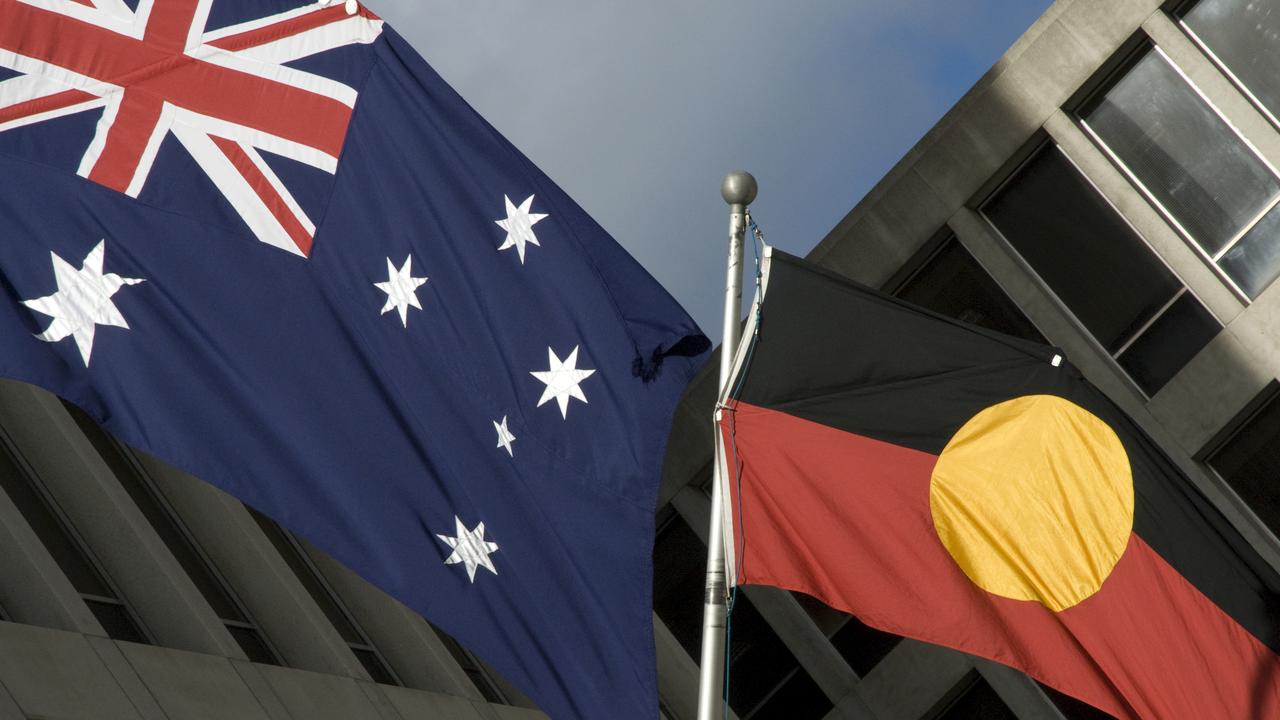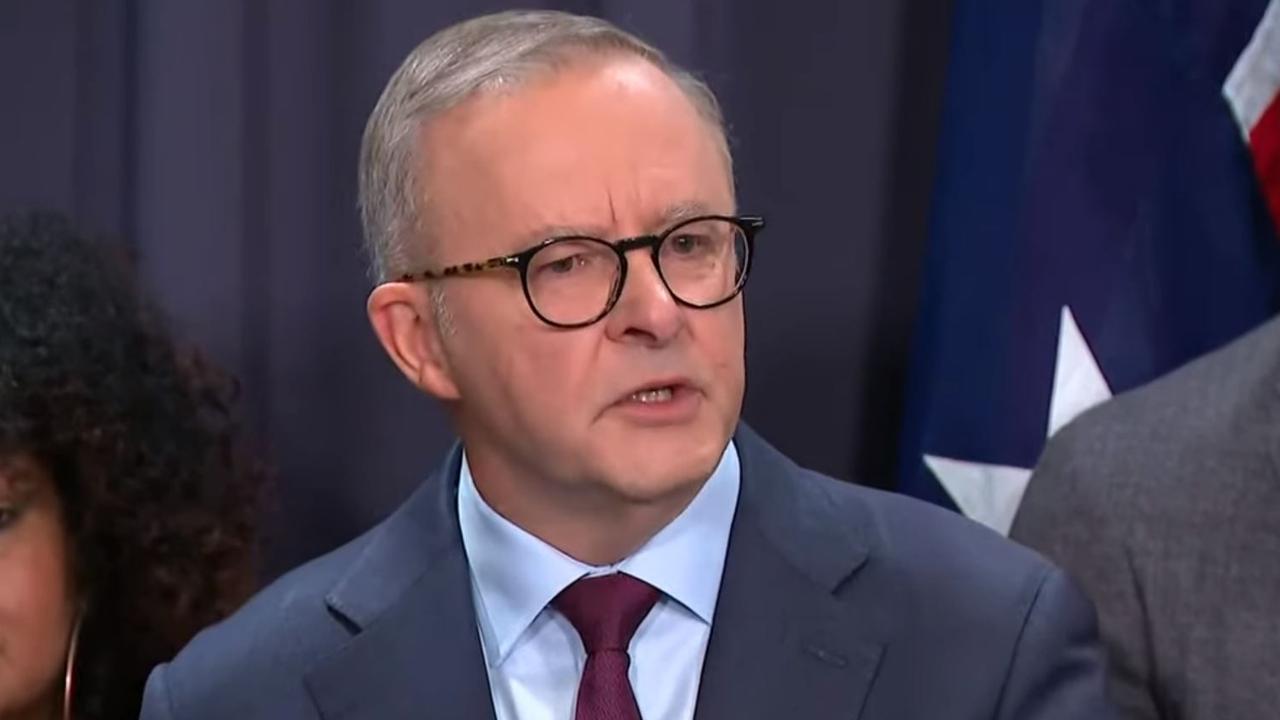Everything you need to know about the Voice referendum
It’s one of the biggest issues facing Australia this year – but what is the Voice really? Here’s everything you need to know before polling day.
It’s one of the biggest issues facing Australia this year – but what is the Voice really?
Here’s everything you need to know before polling day.
What is the Voice?
In a nutshell, it would enshrine a permanent Indigenous Voice to parliament in the Constitution.
It would see a federal advisory body formed with the purpose of recognising and representing Aboriginal and Torres Strait Islander people, and consulting with the government.
How would it work?
The key word here is “advisory” – it would help Indigenous Australians inform the parliament and government on matters that directly impact them, such as those relating to native title, employment or housing, but it would not be able to launch court challenges or invalidate laws.
On April 21, Australia’s solicitor-general formally advised that the Voice to parliament “will not fetter or impede the exercise of existing powers of parliament” – meaning the government would not be forced to follow the Voice’s advice or consult it before developing policies or making decisions.
Instead, after tabling formal advice in parliament, a parliamentary committee would consider the advice before making decisions, but wouldn’t be obliged to follow it.

How would it be structured?
The “Indigenous Voice Co-design Process Final Report” recommended there be 24 members, with a guaranteed gender balance built in.
It has been proposed that there be two members from each state and territory, as well as the Torres Strait, and an extra five representing remote areas across the nation, as well as one representing Torres Strait Islanders living on the mainland.
Under the proposal, members will serve on the body for four-year terms, with a limit of two consecutive terms.
Half of the membership would be decided every two years, and two co-chairs of different genders would be chosen by the other members every two years.
What is the exact wording?
Australians will be asked to vote for the simple question below:
“A proposed law: To alter the Constitution to recognise the First Peoples of Australia by establishing an Aboriginal and Torres Strait Islander Voice. Do you approve this proposed alteration?”

If the vote passes, the proposed change to the Constitution is as follows:
1. There shall be a body, to be called the Aboriginal and Torres Strait Islander Voice;
2. The Aboriginal and Torres Strait Islander Voice may make representations to the parliament and the executive government of the Commonwealth on matters relating to Aboriginal and Torres Strait Islander peoples;
3. The parliament shall, subject to this Constitution, have power to make laws with respect to matters relating to the Aboriginal and Torres Strait Islander Voice, including its composition, functions powers and procedures.
What will it take to pass?
For a referendum to pass successfully, a double majority vote must be achieved.
That means a majority of voters in a majority of states – at least four of the six states – must vote in favour, as well as a national majority of voters, meaning there is an overall ‘Yes’ vote of more than 50 per cent.
A successful referendum can only change the Constitution in relation to the specific question voted on by the Australian people. Any future proposed changes to the Constitution would have to go through an entirely new, separate referendum.
The referendum is managed by the Australian Electoral Commission, which is also in charge of all federal elections.

When will the referendum be held?
Aussies will head to the polls on October 14.
The process on the big day will be pretty similar to a regular election – voters will head to local polling places, such as schools, where they will get their names marked off the electoral roll, be handed a ballot paper, and will then either vote ‘Yes’ or ‘No’.
Do I have to vote?
All Australians who are aged 18 and over, and who have already enrolled to vote, must participate - and according to the Australian Electoral Commission, that's 17,565,728 of us, as of June 30, 2023.
So yes, it is compulsory for all Australian citizens to vote in the Voice to Parliament referendum, just as it is mandatory to vote for a federal election - and failure to do so comes with consequences.
For the federal election last year, you risked a $20 fine or a court date if you didn’t vote.
So if the referendum is the same, a $20 penalty will arrive in the mail, courtesy of the Australian Electoral Commission (AEC) if you don’t vote.
Failure to pay in time could see the fine blow out to in excess of $200, alongside court fees.
How to vote
To vote - and make it count - you must write either Yes or No in the box provided on the ballot paper.
Any other attempts to answer the question - such as writing Y or N, or marking the box with a tick or a cross - runs the risk of being considered an informal vote.
The AEC has established an online practice form if needed - check it out here.
Why is a referendum needed?
Supporters of the Voice argue it is needed to allow Indigenous Australians to have a say on the issues that affect them directly.
Australia has had Indigenous advisory bodies in the past, such as the Aboriginal and Torres Strait Islander Commission (ATSIC), which was established by the Hawke government in 1990.
However, it was abolished in 2005 by the Howard government, which was able to do so as ATSIC was not enshrined in the Constitution.
But if the Voice referendum passes, the Voice to parliament will be permanent, meaning future governments would not be able to dismantle it.
What are the key battleground states?
The Yes campaign will need to win four states as well as the overall national result to carry the required “double majority” for constitutional change.
A Yes campaign source told news.com.au that Queensland and Western Australia were “in trouble”, meaning Tasmania and South Australia in particular would be critical.
Western Sydney, Tasmania and Western Australia will also be of key importance.
How did it all come about?
The Voice was first proposed in the Uluru Statement from the Heart.
It was presented to Australians in May 2017 by delegates to the First Nations National Constitutional Convention, an event held near Uluru over four days.
The Uluru Statement from the Heart called for “the establishment of a First Nations Voice enshrined in the Constitution and a Makarrata Commission to supervise a process of agreement-making and truth-telling about our history”.
The Yolngu concept of Makarrata captures the idea of two parties coming together after a struggle, healing the divisions of the past.
When was Australia’s last referendum?
We haven’t had one since 1999, when one was held to decide whether or not to become a republic.
It failed, with 54.87 per cent of Australians voting no, and 45.13 per cent voting yes. All six states also voted against the proposal.
Australia has held 44 referendums over the years, and just eight have been passed.
Originally published as Everything you need to know about the Voice referendum





